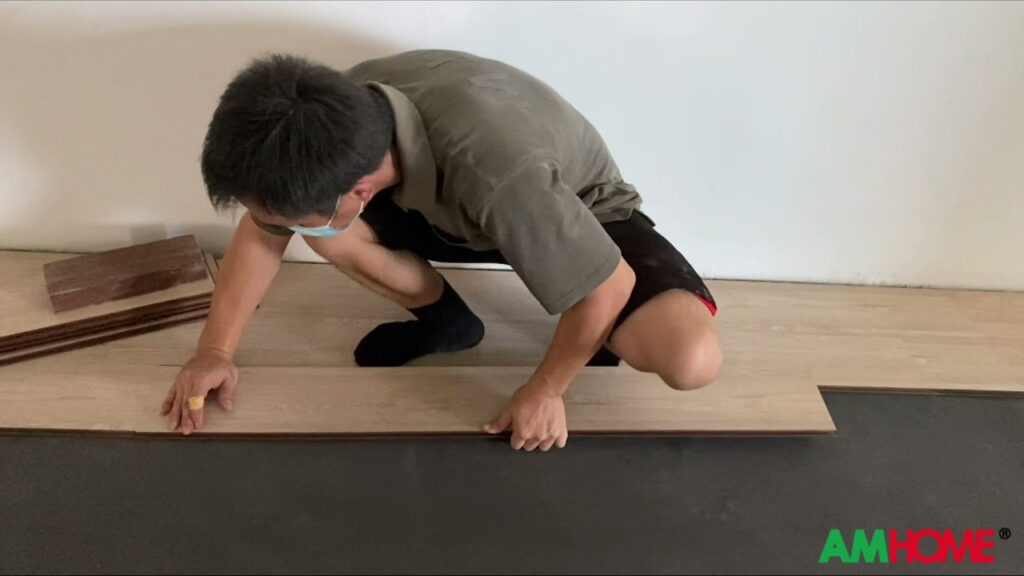1. Understanding the Basics of Garage Shelving
Garage shelving is an essential part of organizing and maximizing storage space in your garage. Understanding the basics of garage shelving can help you make informed decisions when it comes to selecting the right shelving system for your needs.
When considering garage shelving, it’s important to assess the items you plan to store. From tools and sports equipment to gardening supplies and holiday decorations, having a clear understanding of the types and sizes of items you need to store will guide you in choosing the appropriate shelving units.
Additionally, it’s crucial to evaluate the available space in your garage. Measure the dimensions of the area where you intend to install the shelving to ensure that the units you select fit seamlessly into the space without causing obstructions or hindering your ability to move around.
Furthermore, considering the weight capacity of garage shelving options is vital. Different shelving systems are designed to support varying amounts of weight. Be mindful of the weight-bearing capabilities of the shelves, particularly if you plan to store heavy items such as car parts or machinery.
Ultimately, understanding the basics of garage shelving involves assessing your storage needs, evaluating available space, and considering the weight capacity of the shelving units. By taking these factors into account, you can make well-informed choices that will help you transform your garage into an organized and efficient storage area.
2. Planning and Measuring for Your Garage Shelves
Assessing Your Storage Needs
To begin planning your garage shelves, start by assessing your storage needs. Take an inventory of the items you want to store, including their dimensions and weight. This will help determine the type and size of shelves you will need to accommodate your belongings. Consider any future storage needs as well to ensure your shelving solution remains functional in the long term.
Measuring the Space
Accurate measurements are crucial when planning for garage shelves. Measure the available space in your garage where the shelves will be placed, taking into consideration any obstructions such as windows, doors, or other storage systems. Additionally, measure the height, width, and depth of the intended shelving area to ensure that the shelves will fit comfortably and allow for easy access to your stored items.
Choosing the Right Materials
Once you have determined your storage needs and measured the space, it’s time to select the appropriate materials for your garage shelves. Consider the weight-bearing capacity required for your items, as well as the durability needed for the garage environment. Whether you opt for sturdy metal shelving, versatile wooden shelves, or customizable plastic storage units, the material you choose should align with your storage demands and fit seamlessly within your garage space.
Utilizing Vertical Space
Garages often have limited floor space, making it essential to maximize vertical space for storage. When planning your shelves, explore options for utilizing wall-mounted or ceiling-mounted shelving systems. This strategic approach not only provides ample storage capacity but also keeps valuable floor space clear for other garage activities or future storage needs. Consider the height of your garage and the ease of access when designing and installing vertical storage solutions.
Remember, effective planning and precise measurements are the foundation for creating functional and organized garage shelves tailored to your specific storage requirements.
3. Choosing the Right Materials and Tools
When embarking on a new project, choosing the right materials and tools is crucial for ensuring a successful outcome. Whether it’s a DIY home improvement task or a professional construction project, the selection of materials and tools can make a significant difference in the quality and durability of the end result. From lumber and fasteners to power tools and protective gear, every detail should be carefully considered to ensure efficiency and safety.
One of the key factors to consider when choosing materials is the specific requirements of the project. Understanding the load-bearing capacity, environmental exposure, and desired aesthetic can help in selecting the most suitable materials. Additionally, it’s essential to assess the durability, cost-effectiveness, and maintenance needs of the materials to make an informed decision.
Equally important is the selection of the right tools for the job. The use of appropriate tools not only enhances the efficiency of the work but also ensures precision and safety. From hand tools such as hammers and screwdrivers to power tools like saws and drills, each tool’s quality and functionality should align with the project’s needs and requirements. Furthermore, investing in high-quality tools can contribute to the overall success of the project and the safety of the workers involved.
In conclusion, the process of choosing the right materials and tools is a crucial step in any construction or DIY project. Prioritizing durability, functionality, and safety can lead to superior results and long-term satisfaction. Therefore, thorough research and consideration are key in making informed decisions for material and tool selection.
4. Step-by-Step Construction Process
When it comes to building your dream home or renovating a space, understanding the step-by-step construction process is an essential part of the journey. From the initial planning phase to the final touches, each step plays a crucial role in bringing your vision to life.
1. Planning and design: The first step in the construction process involves creating a detailed plan and design for the project. This includes identifying the layout, materials, and architectural elements to be incorporated, as well as obtaining any necessary permits.
2. Site preparation: Once the design is finalized, the site preparation begins. This includes clearing any existing structures, leveling the ground, and ensuring proper drainage to create a solid foundation for the construction work to follow.
3. Foundation and framework: The next phase sees the construction of the foundation and framework of the building. This is where the structural elements are put into place, providing the skeleton for the rest of the construction process.
4. Installation and finishing: With the framework in place, the construction process moves on to the installation of plumbing, electrical, and HVAC systems. Following this, the finishing touches such as flooring, paint, and fixtures bring the project to completion.
Understanding the step-by-step construction process is crucial for ensuring a successful and efficient build. Each phase requires careful planning and execution to ensure the project stays on track and meets the desired specifications.
5. Organizing and Maintaining Your Garage Shelves
Organizing and maintaining your garage shelves is crucial to keeping your space tidy and efficient. With the right approach, you can maximize storage and minimize clutter, making it easier to find tools, equipment, and other items when you need them. Start by categorizing your items and designating specific shelves for each category. This will help you stay organized and prevent a jumbled mess. Utilize strong and durable shelving units to withstand the weight of your items and keep them securely in place.
Once you have sorted and arranged your items, it’s important to maintain the organization. Regularly declutter and remove any unnecessary items from your shelves to free up space and avoid unnecessary clutter. Consider investing in storage bins, baskets, or labeled containers to keep smaller items organized and easy to find. Additionally, perform routine maintenance on your shelves to ensure they remain sturdy and safe for storing heavy or bulky items. By implementing these strategies, you can create a well-organized and functional garage space that makes it easy to access your belongings whenever you need them.


